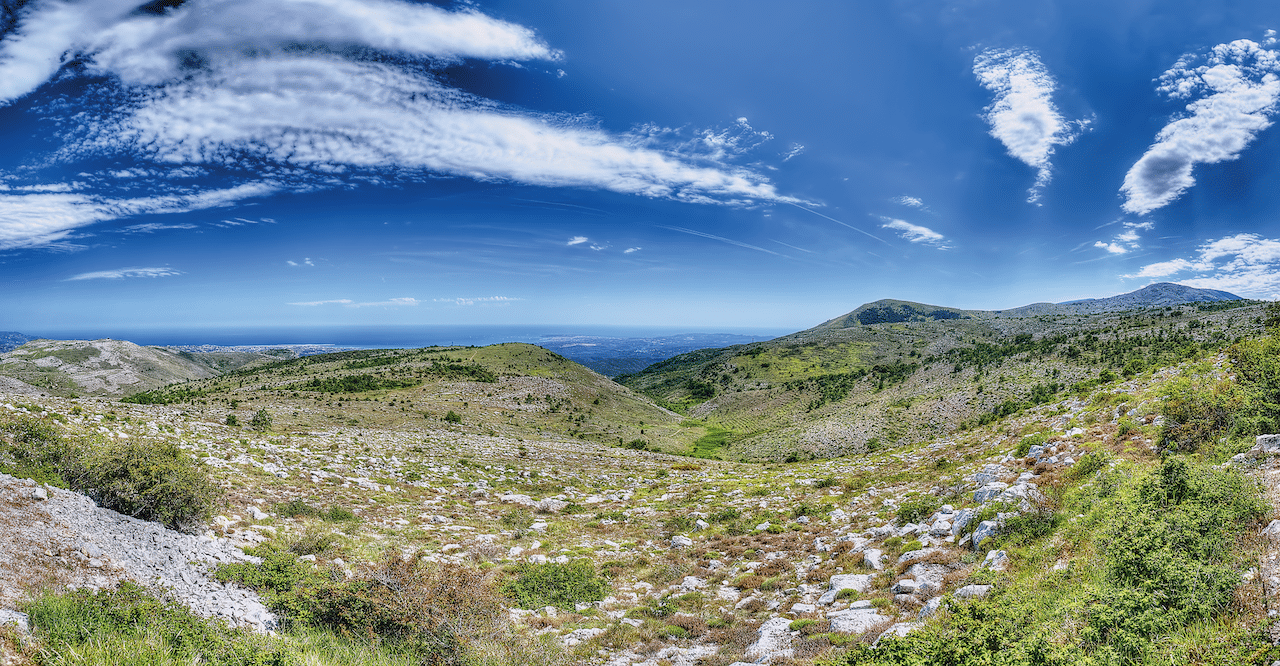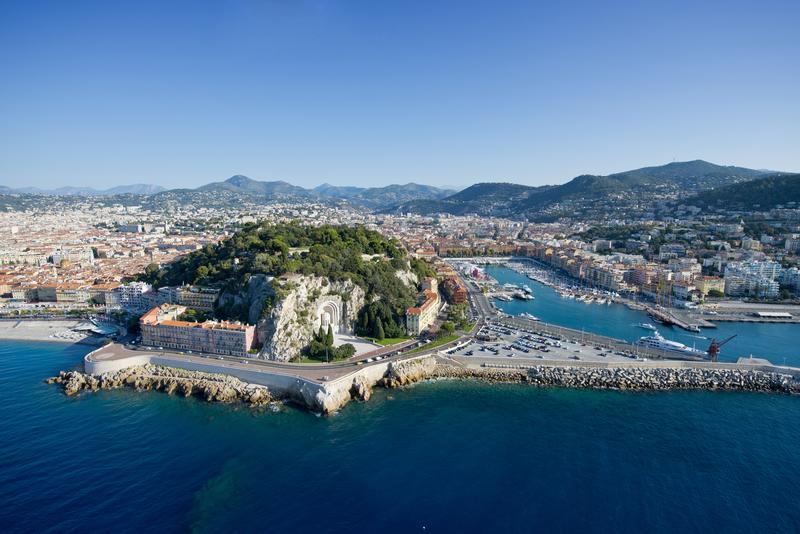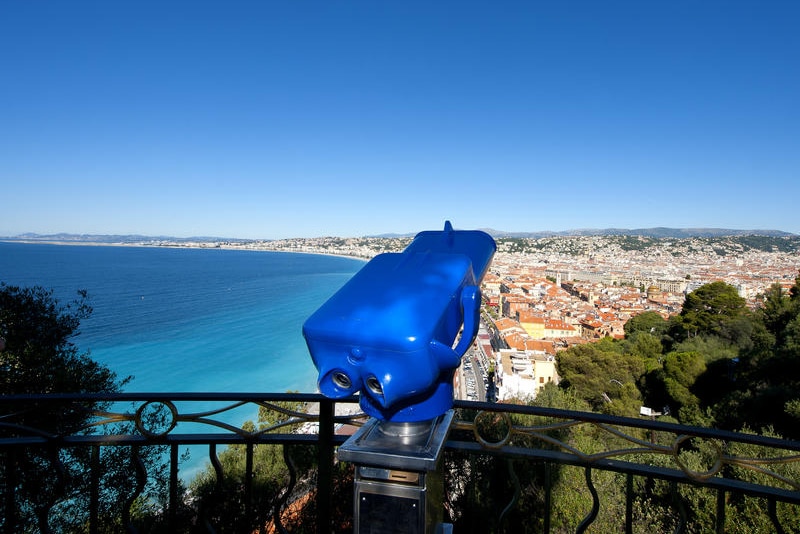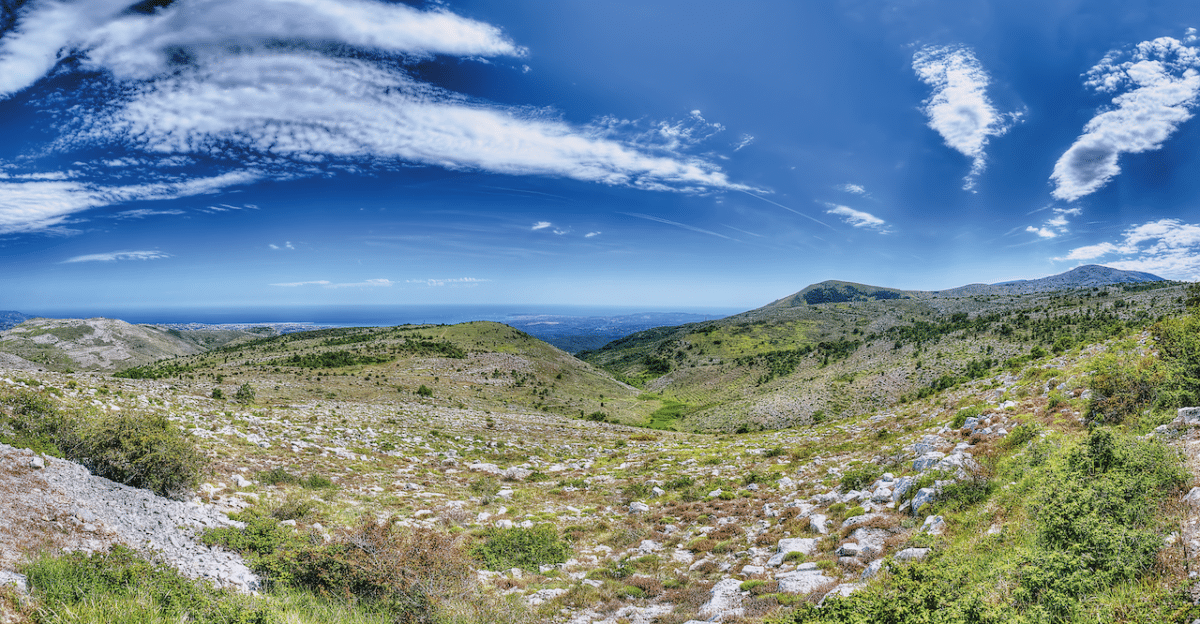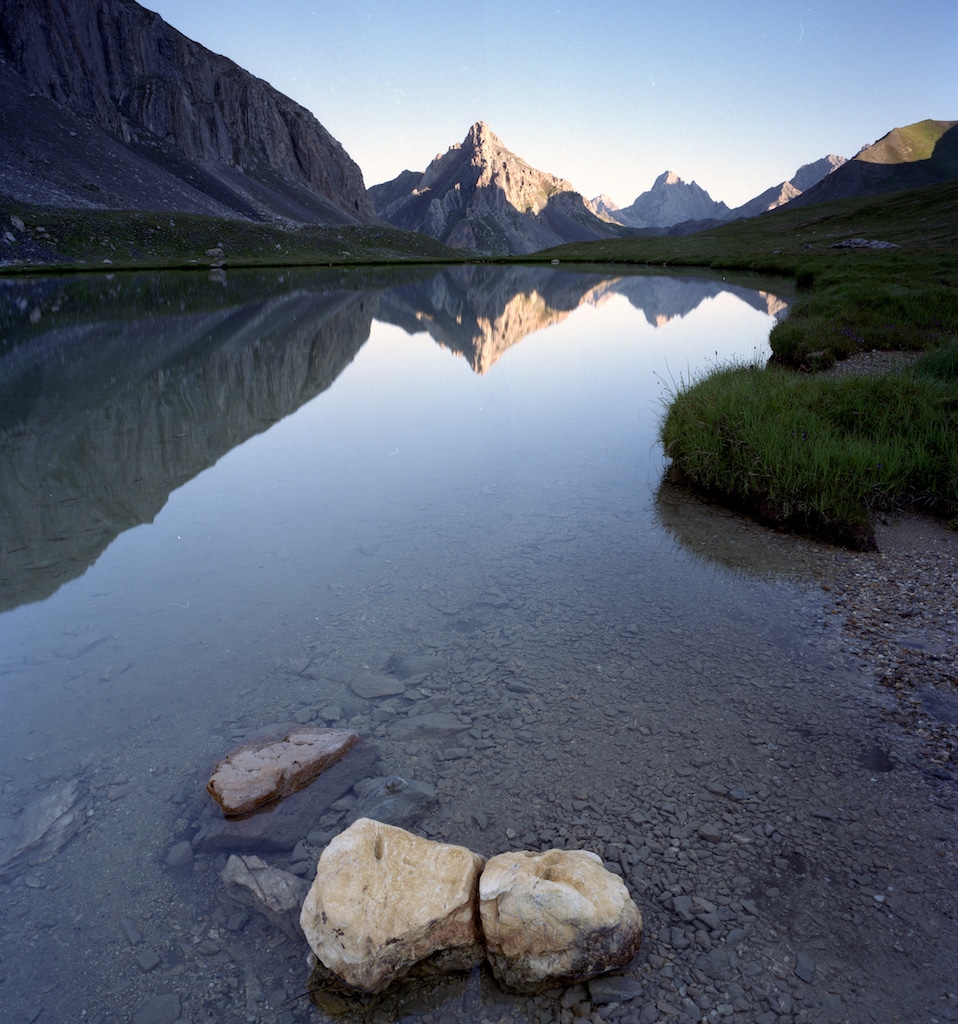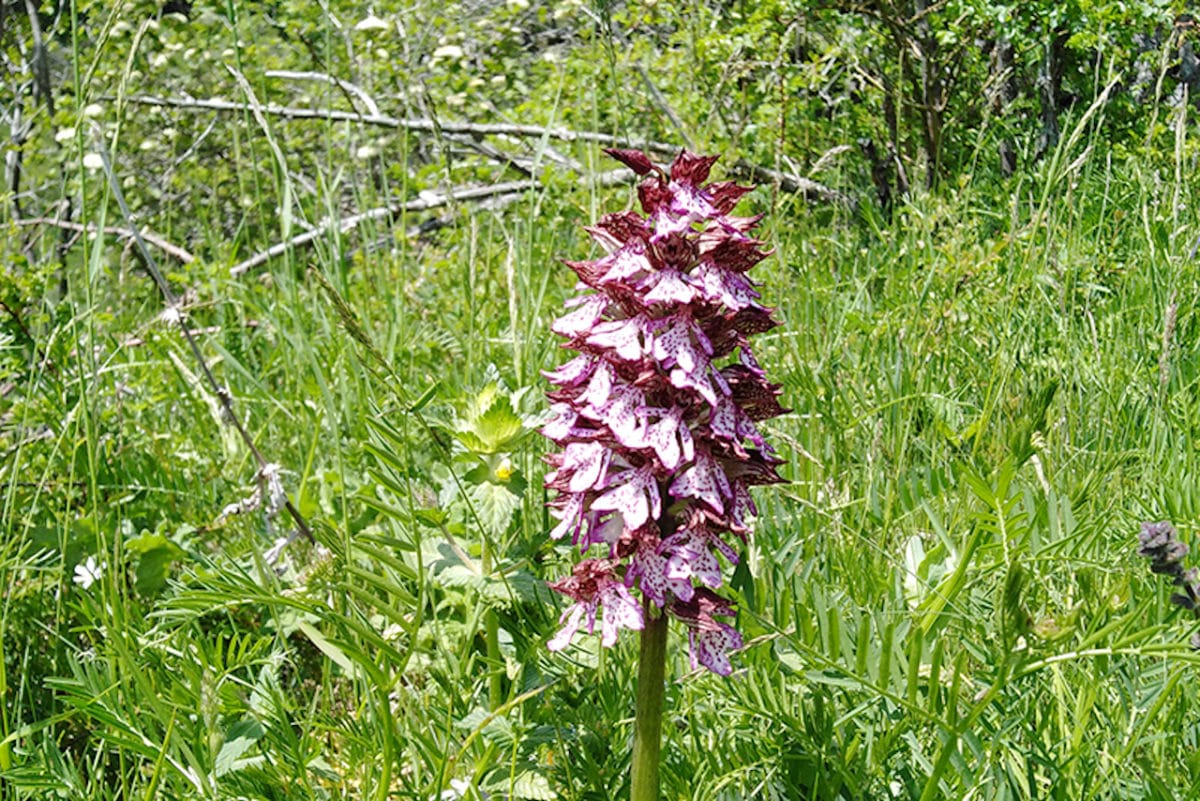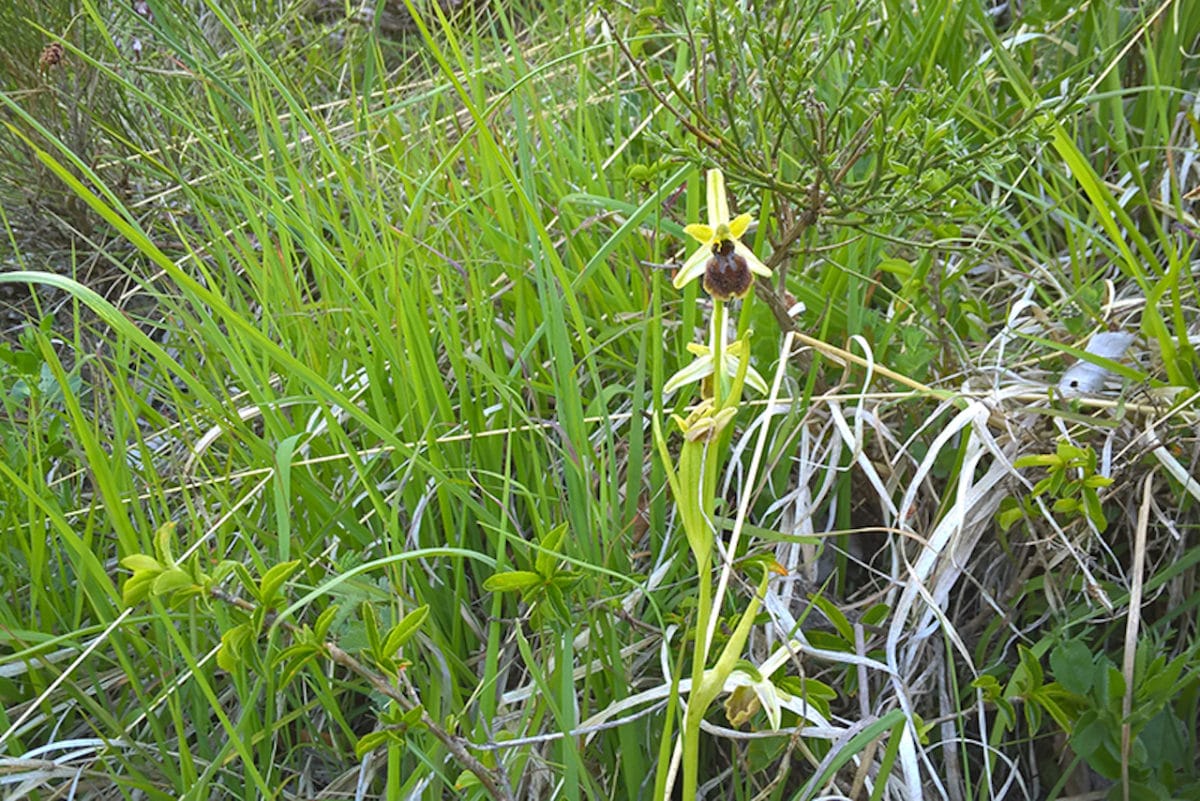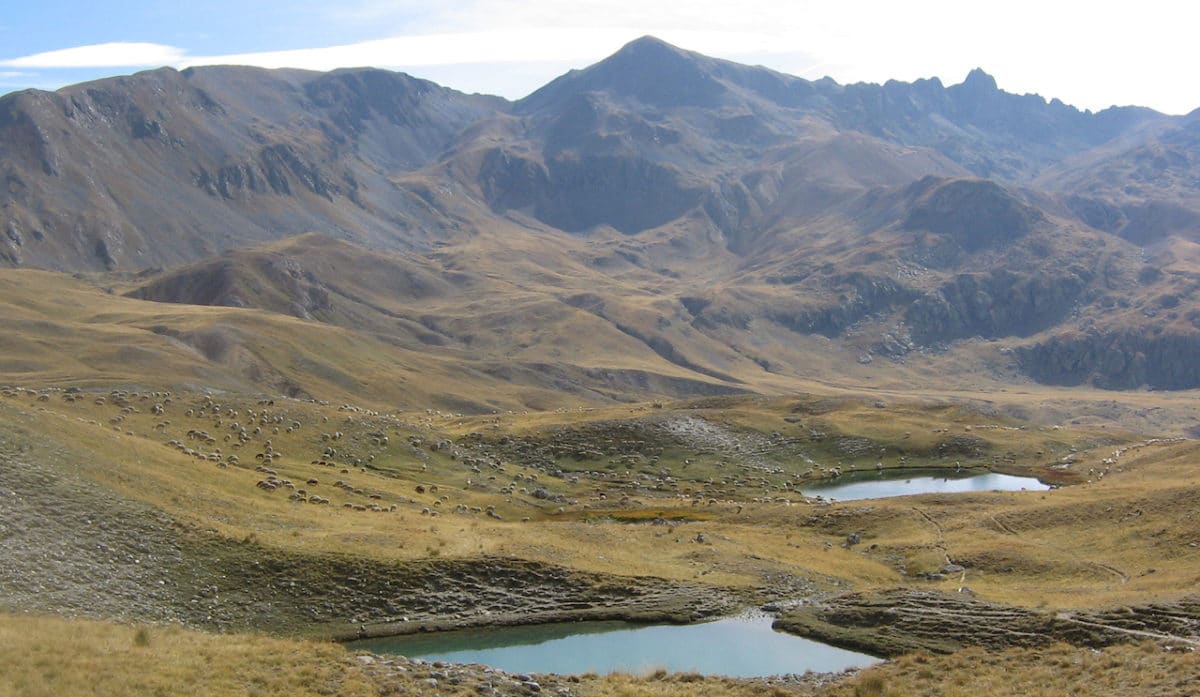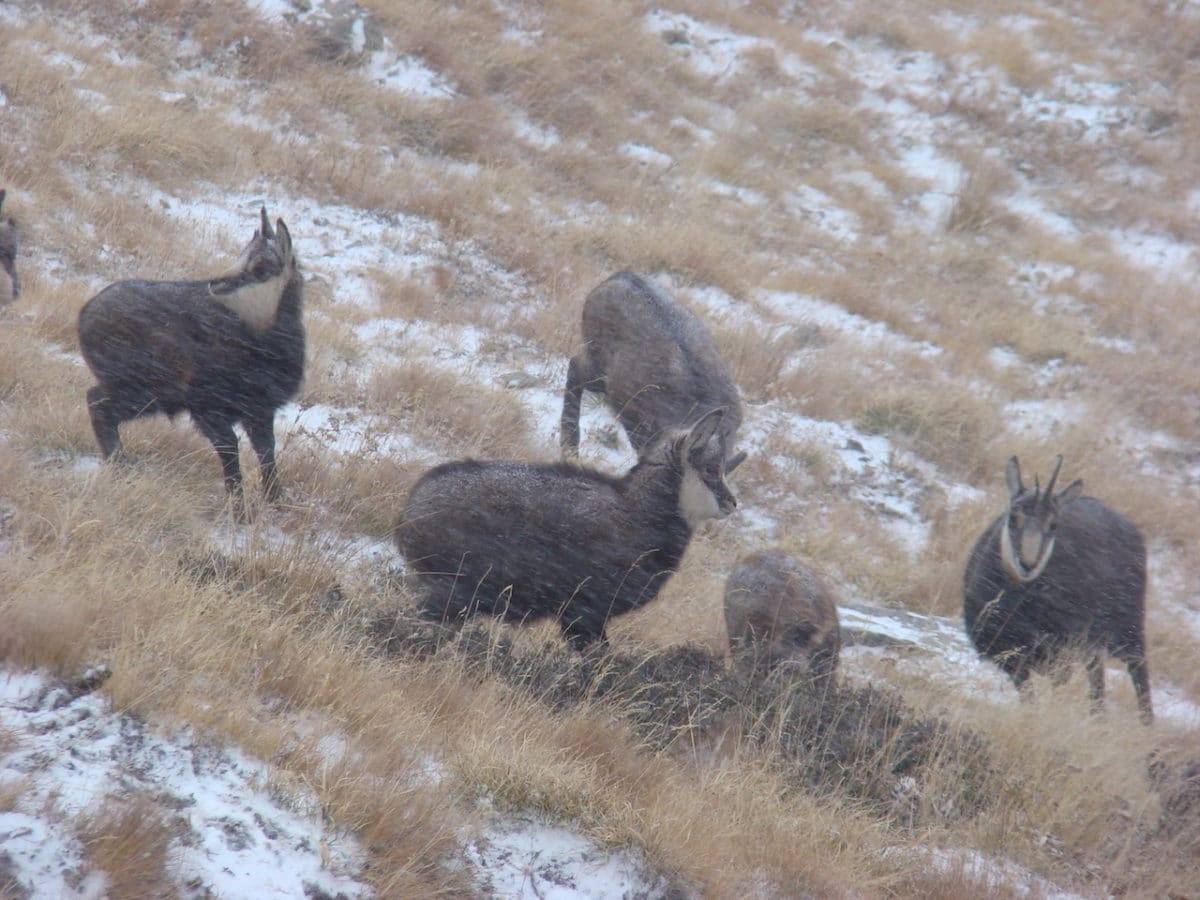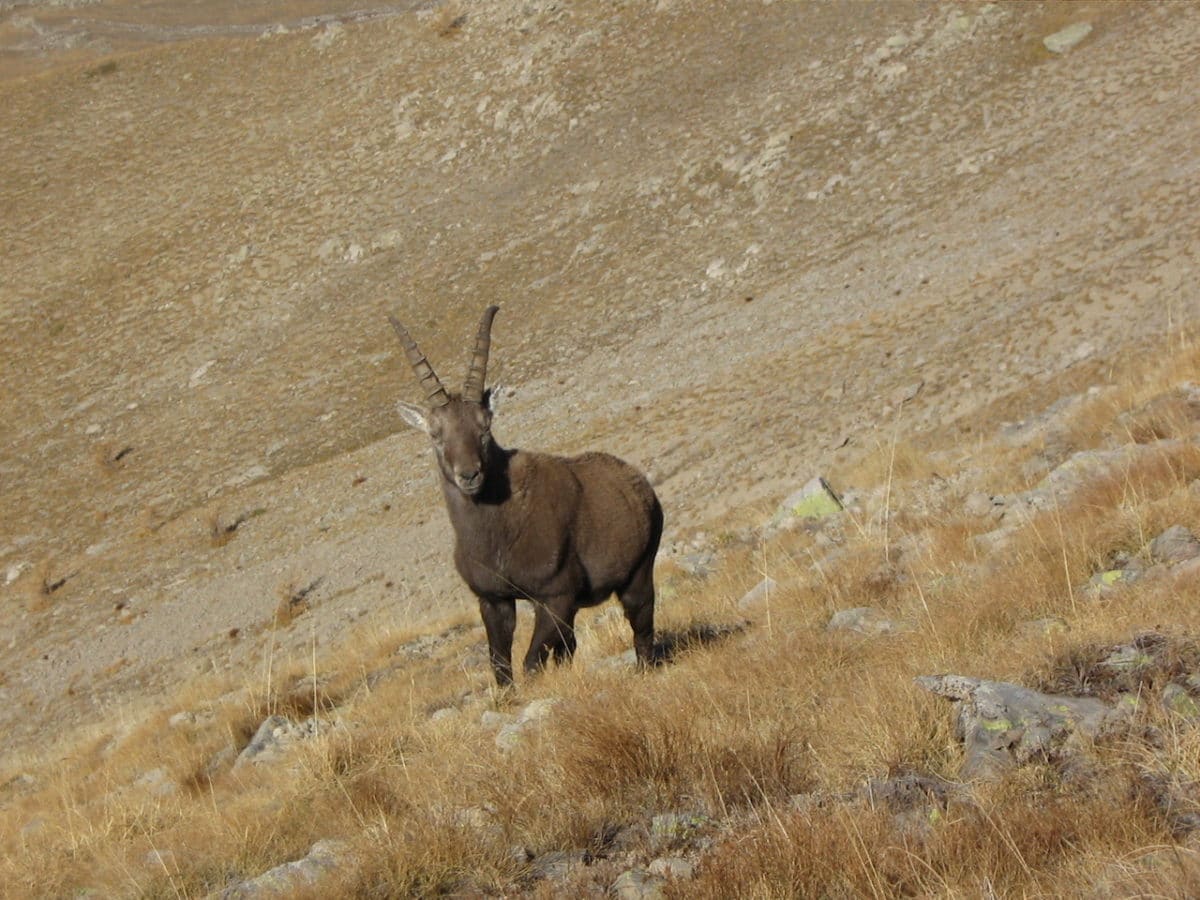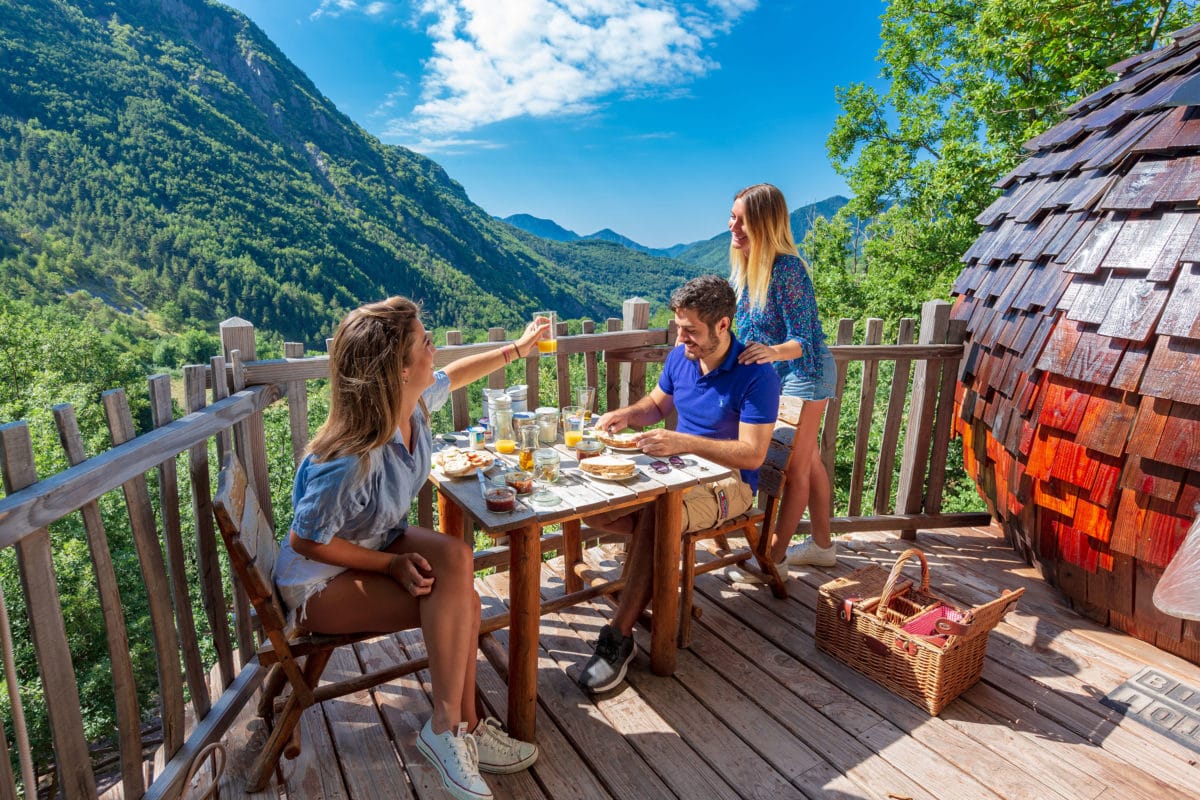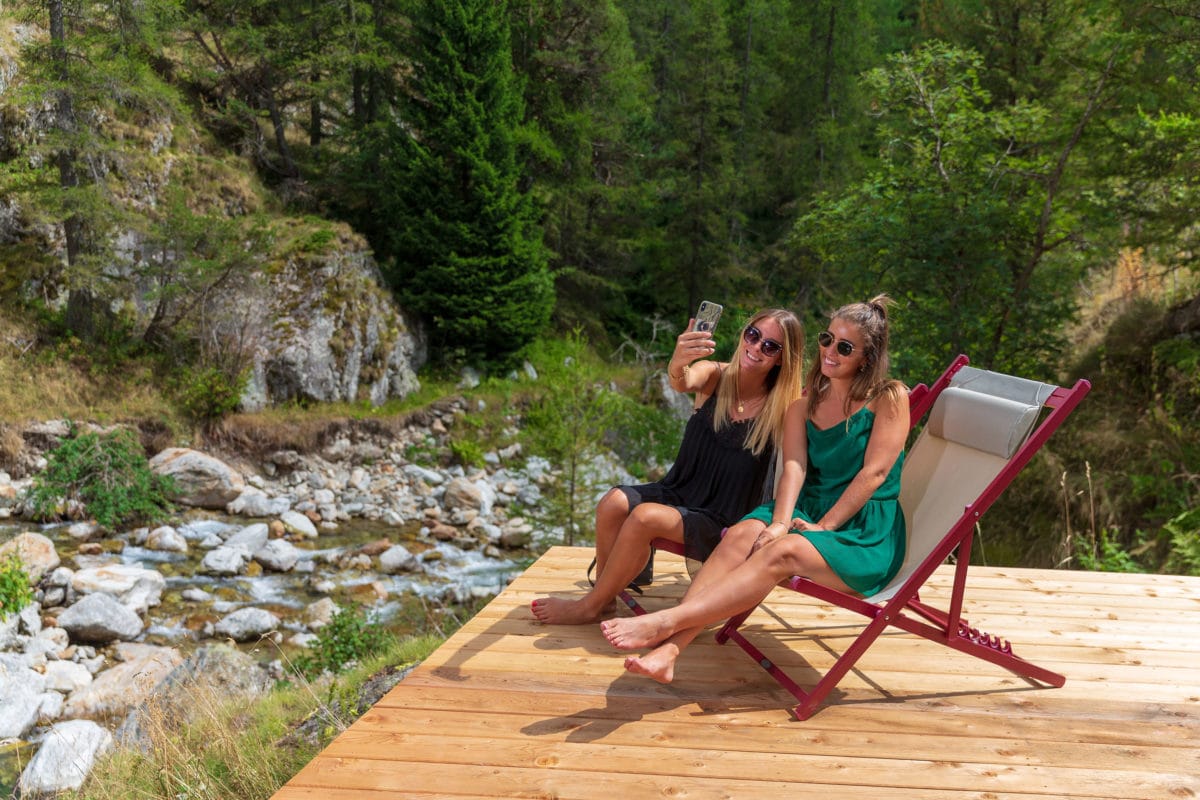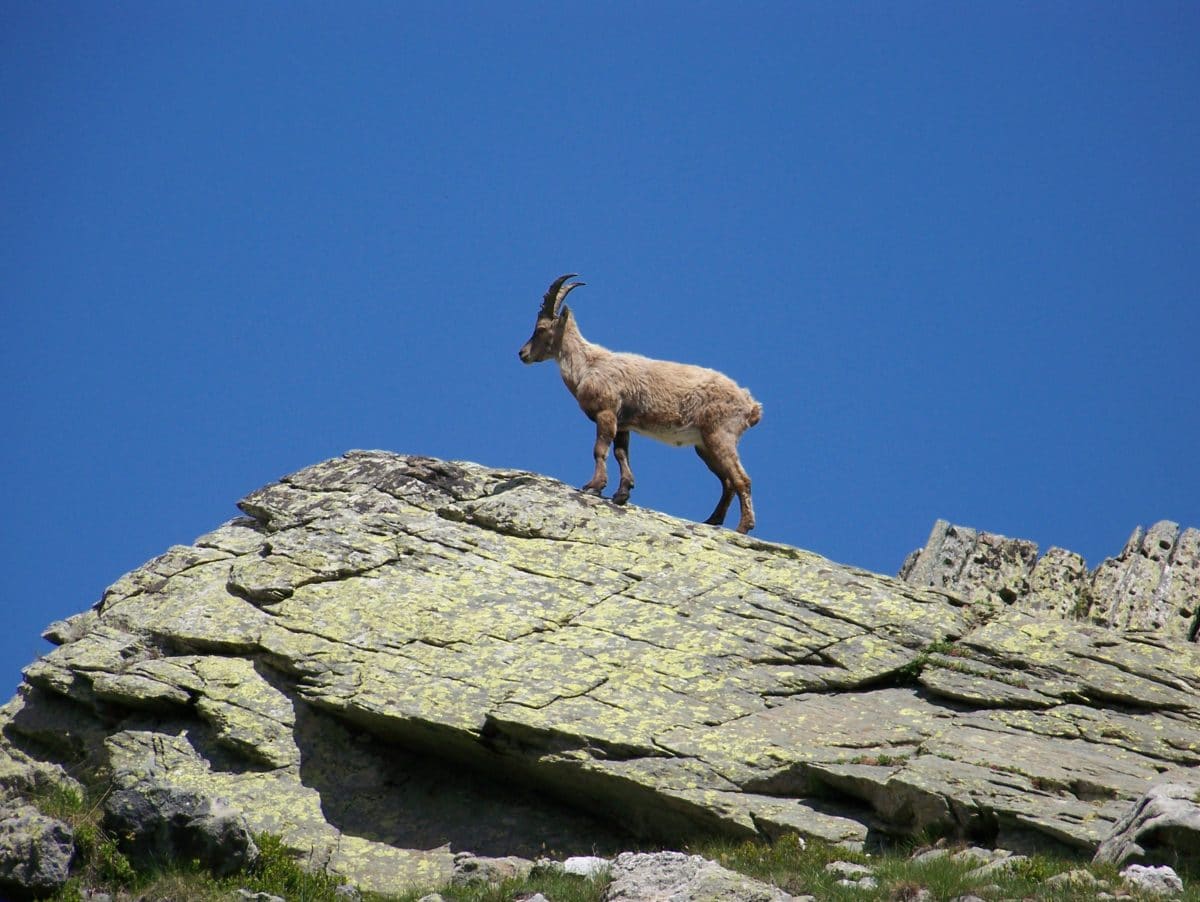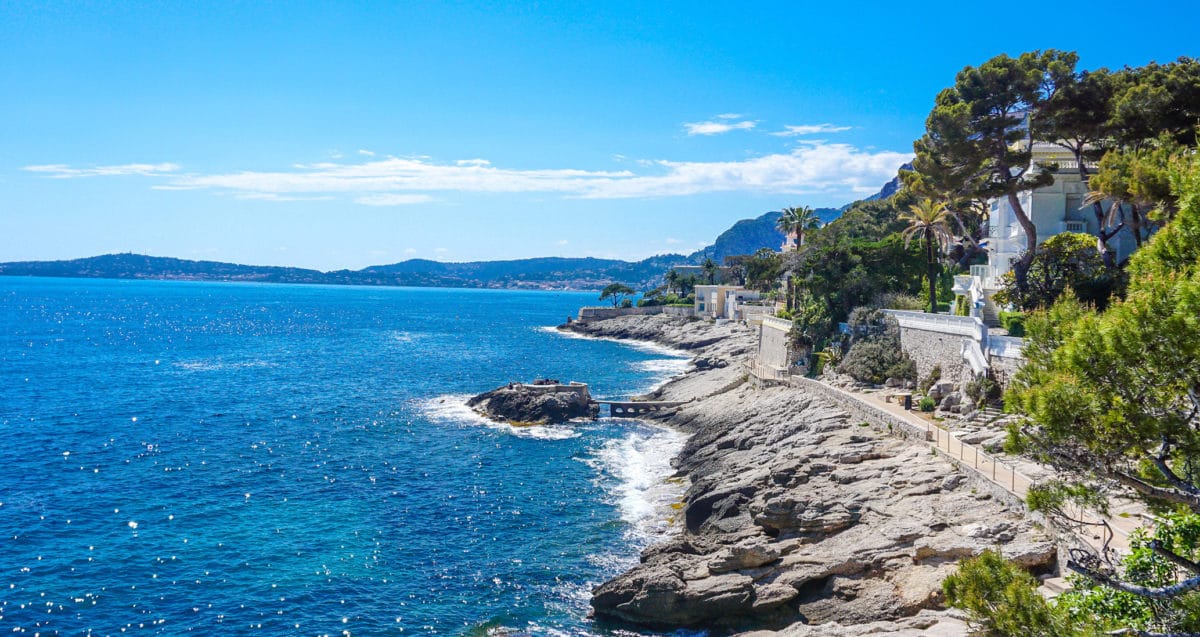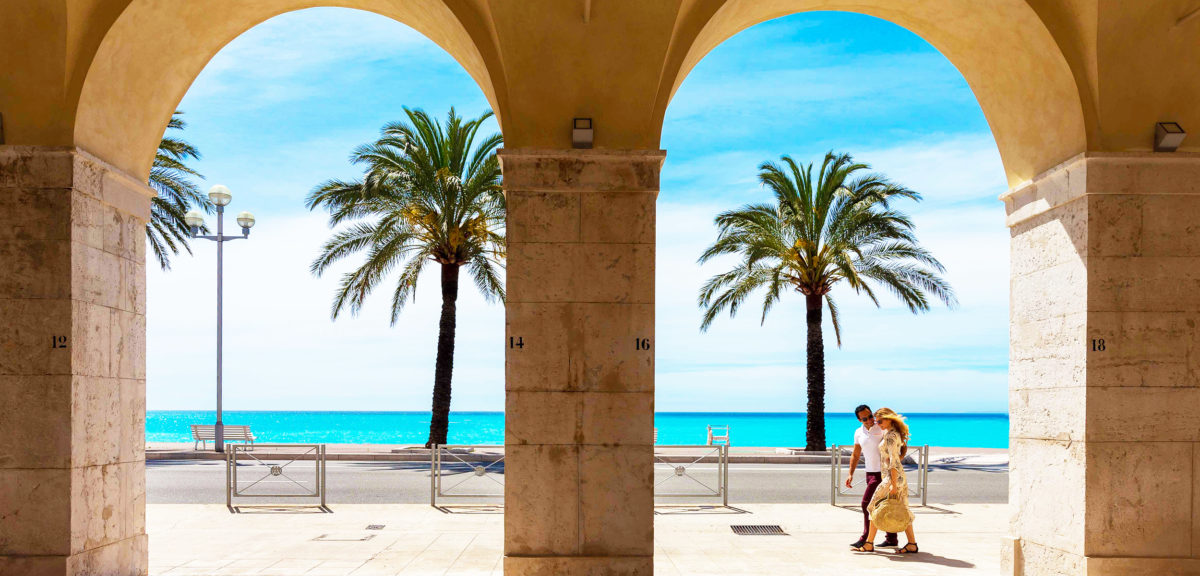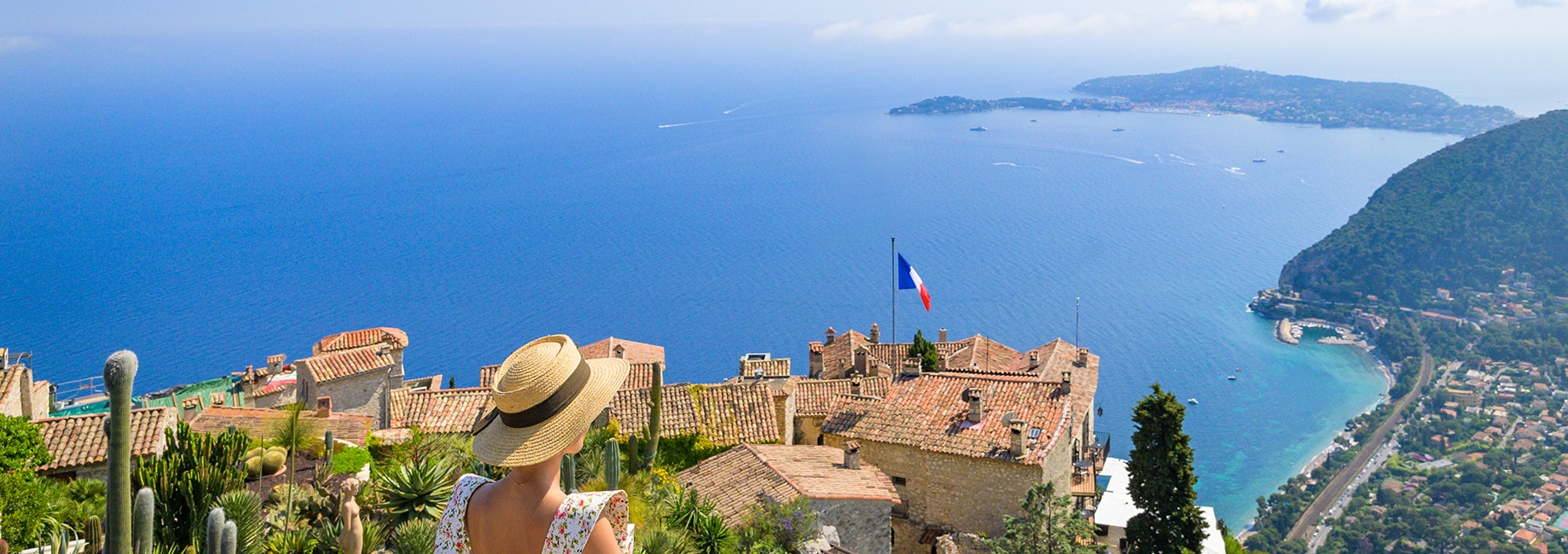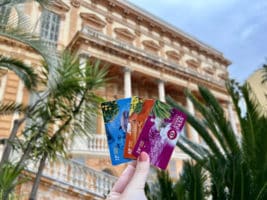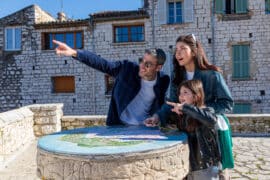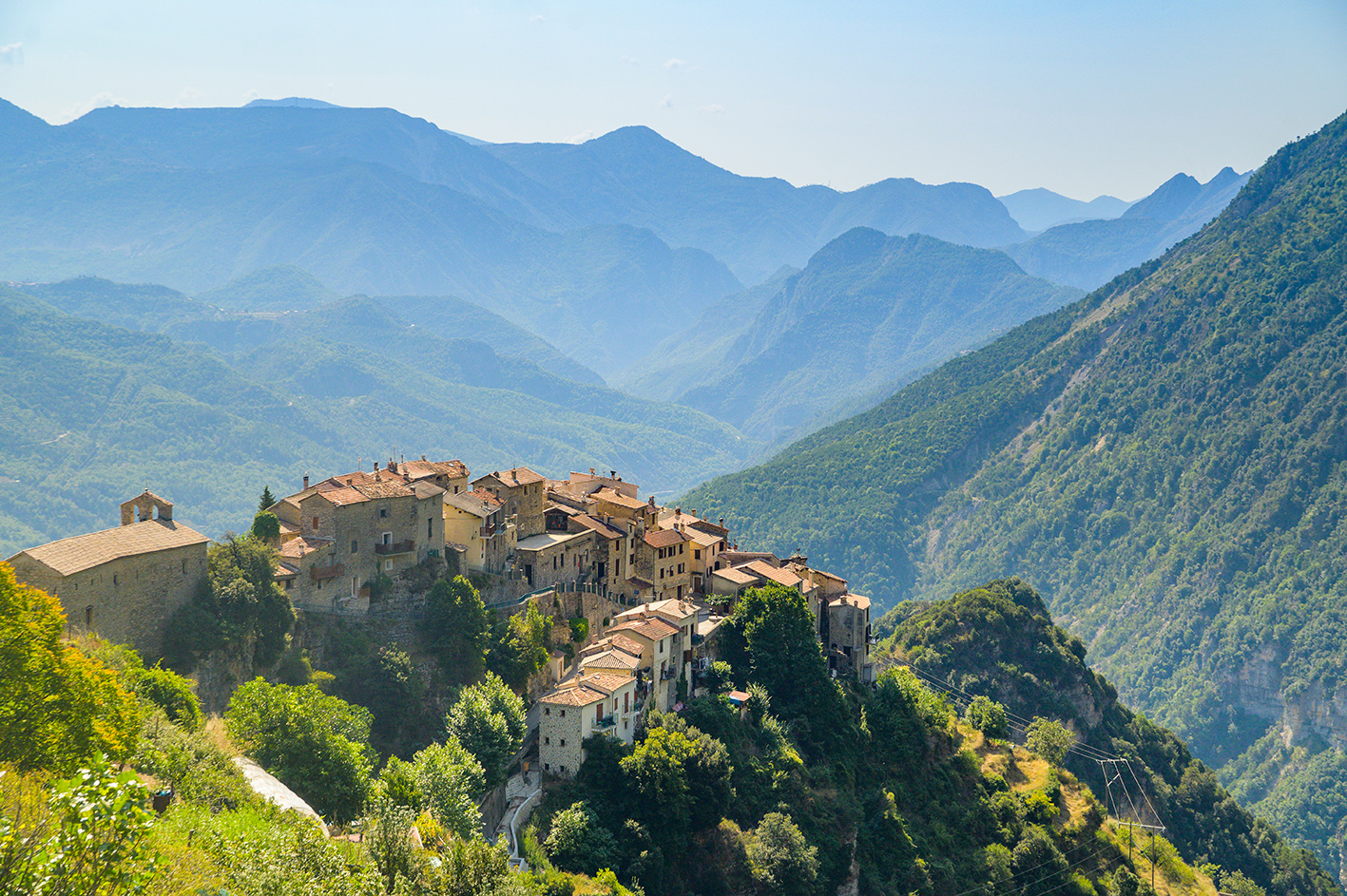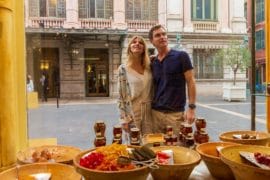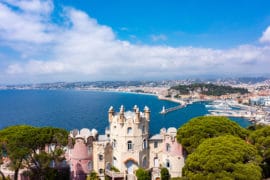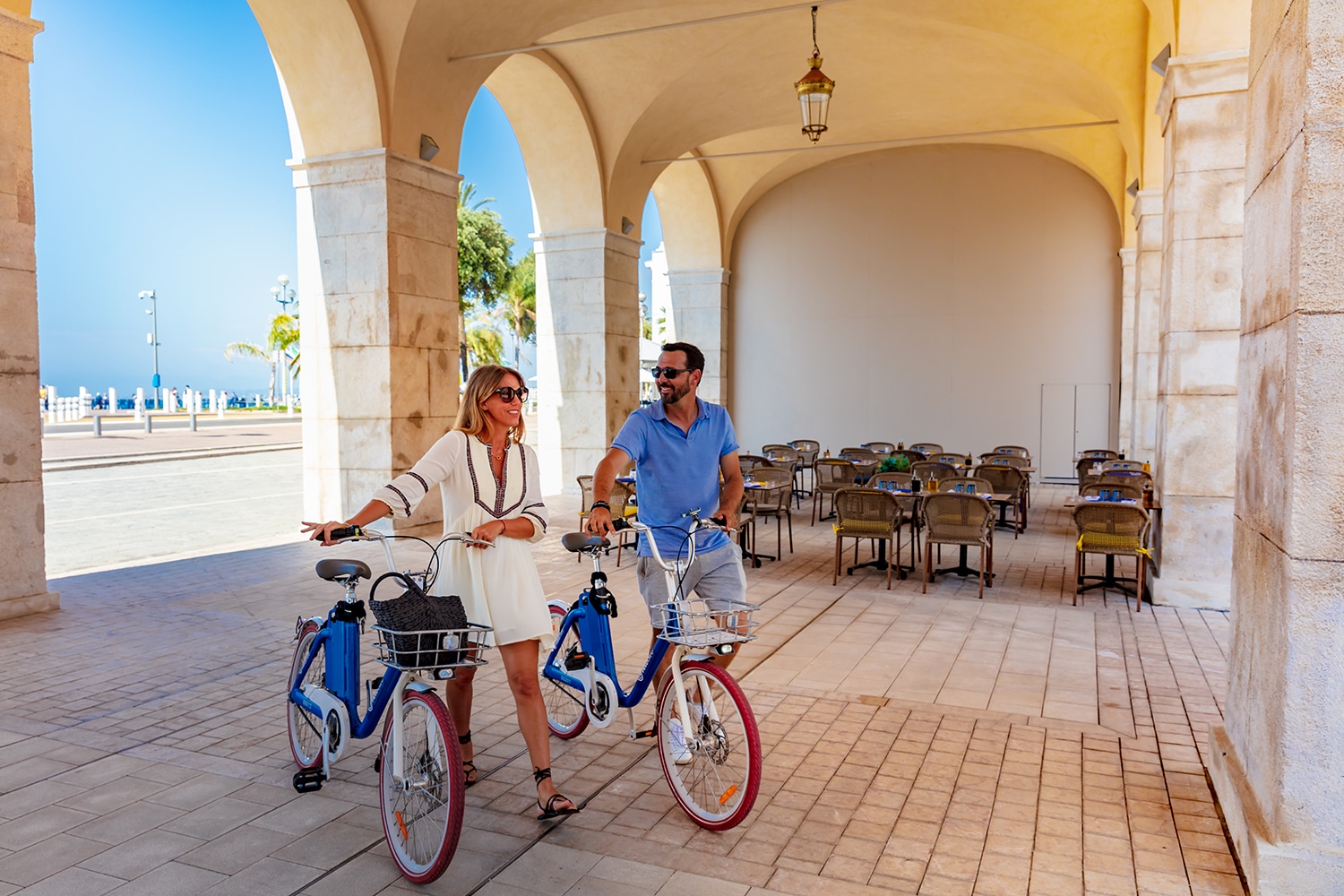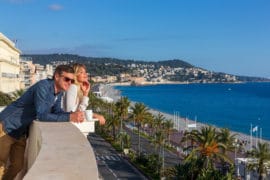Nature at your fingertips
3 May 2023
Nice, green city of the Mediterranean
Nice, known for its seafront, really deserves to be discovered through its gardens and the protected areas that surround it.
For a long time very attached to their land and turned towards the mountains, the people of Nice have always had at heart to enjoy green spaces, places of relaxation, reunion and discovery.
The park on the castle hill, with its position as a balcony above the city and its breathtaking view of the Mediterranean, is a must if you visit Nice. A labyrinth of greenery, rocks, waterfalls, it evokes the Belle-époque gardens, rich in surprise and exuberance of vegetation.
The “Promenade du Paillon”, this green corridor that crosses the city offers a discovery of nature much more modern in its design, with a path in the heart of the city seen as a pedestrian area and a space for relaxation.
The Mont Boron Forest Park is urgently to be discovered for those who do not know it. From the centre of Nice one rises up and very quickly reaches the forest and its 11 km of marked trails around the Mont-Alban fort.
To do: drive up to Mont-Alban with a motorized vehicle the Nice Car concept for a 2 hour tour.
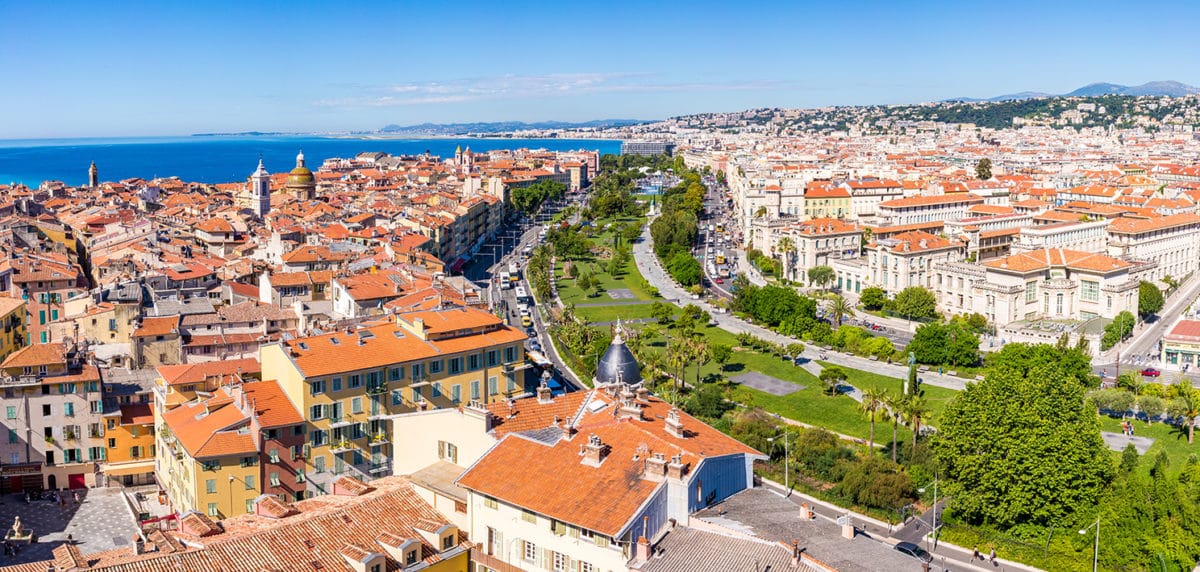
Some ideas for walks in the Departmental Natural Parks
La Grande Corniche with its 662 hectares spread over the communes of La Trinité, Villefranche-sur-Mer, Eze and La Turbie is a real balcony on the French Riviera.
During your walks, the view will make you forget everything. The rock composed of limestone with numerous cliffs (the baous) allows a flora typical of Mediterranean forests to develop. Orchids such as Bertoloni’s Ophrys (these flowers that disguise themselves as bees to better seduce pollinating insects) and rare flowers such as Nice’s Snowy are to be discovered.
Above Vence, discover the Parc du Plan des Noves, an 800-hectare plateau in the heart of the Baous area and near the Col de Vence.
You will walk between groves of majestic oaks and thickets of blackthorn and wild rose bushes which are a paradise for birds.
These environments are still today linked to pastoralism, the flocks of sheep that graze them keeping open these meadows rich in a particular fauna and flora and classified Natura 2000.
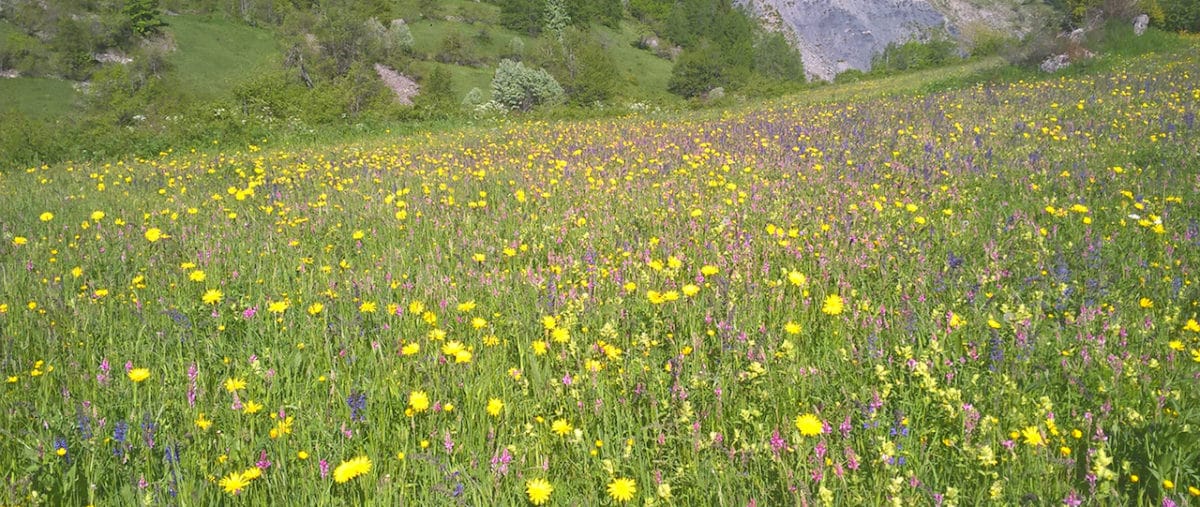
One last idea for a walk near Nice, with a totally different landscape: the Lac du Broc Park near the town of Carros.
This lake is the result of the extraction of aggregates on the banks of the Var in the 1950s. Now a protected area, it offers a rest area for numerous migratory birds.
One finds there the melanocephalous gull in winter, the many fish feed the osprey and the large cormorant which can be easily admired. Herons and egrets also take advantage of the site.
The Lac du Broc Park is to be discovered if you like birds, but in spring you can also hear the frog concerts.
Between seaside paths, Mediterranean forests, baous, lakes and rivers, our territory is not lacking in assets for lovers of greenery. But now let’s turn our backs on the sea to discover our trump card, the National Park!
The larch forest: in the heart of the National Park, all our senses are awakened.
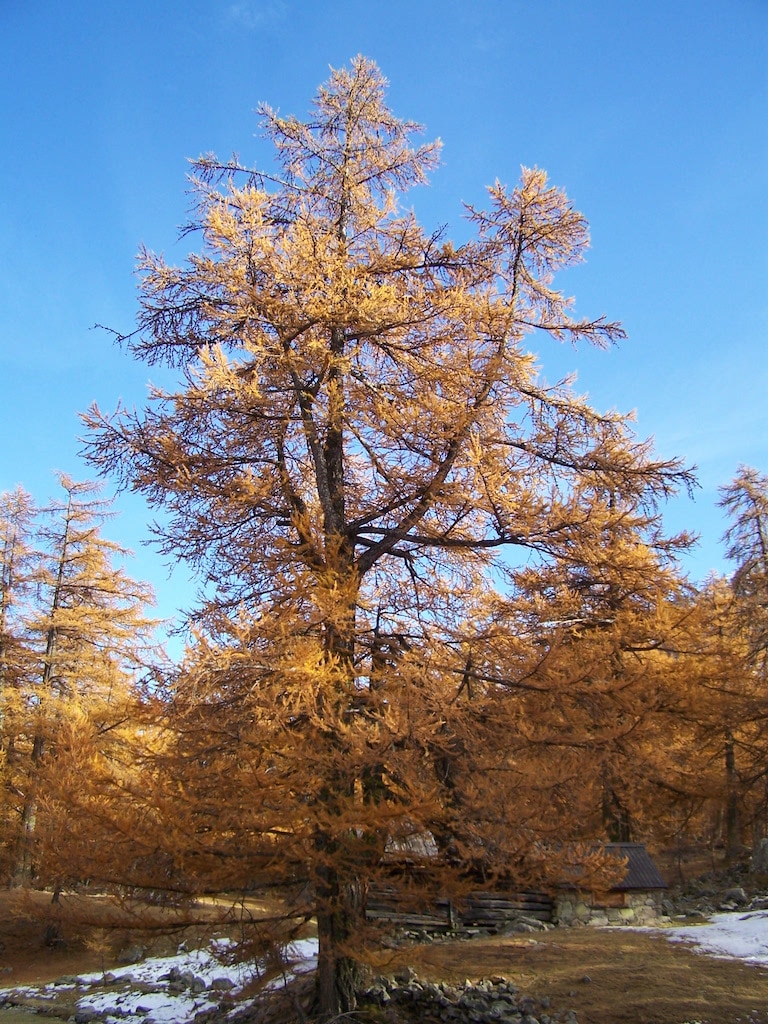
First of all our eye is drawn to the play of light and shade, the tender green of spring or the exuberant orange of autumn, the larch, the only resinous tree to lose its needles in winter, offers us a palette of varied colours.
A fleeting flash of light, the squirrel comes down from a trunk to find old buried reserves. In the distance and more peacefully, the chamois grazes on young shoots at the edge of the forest.
Smells now, of flowers first, the most remarkable. Then finer, the smell of the wood, a light resin base, the smell of the grass too, the one that we tread with our feet, all accompany us along our walk.
It will then be time to taste raspberries in summer and blueberries in autumn, or in spring, more surprisingly the young larch flowers, small purple inflorescences that will soon disappear and which the people up there make into a syrup with many virtues.
This beautiful larch tree is also a world of sounds, the creaking of branches under our feet, the crackling of larch needles, the hissing of the lizard that we disturbed while it was taking a nap in the sun, the cry of a bird of prey above us…
For a total discovery of this environment, don’t hesitate to use one last sense, touch: take a larch tree against you, embrace its trunk, feel the harshness of the bark on your cheek, take a break and exchange with this giant, which is a hundred years old, even a thousand years old for some.
Feel the warmth of the sun on your face, then suddenly the coolness of the undergrowth that makes you shiver, all this awakens us to the world around us.
Photo credit: OTM A.ISSOCK, Ville de Nice, Jean-Jacques GIORDAN


